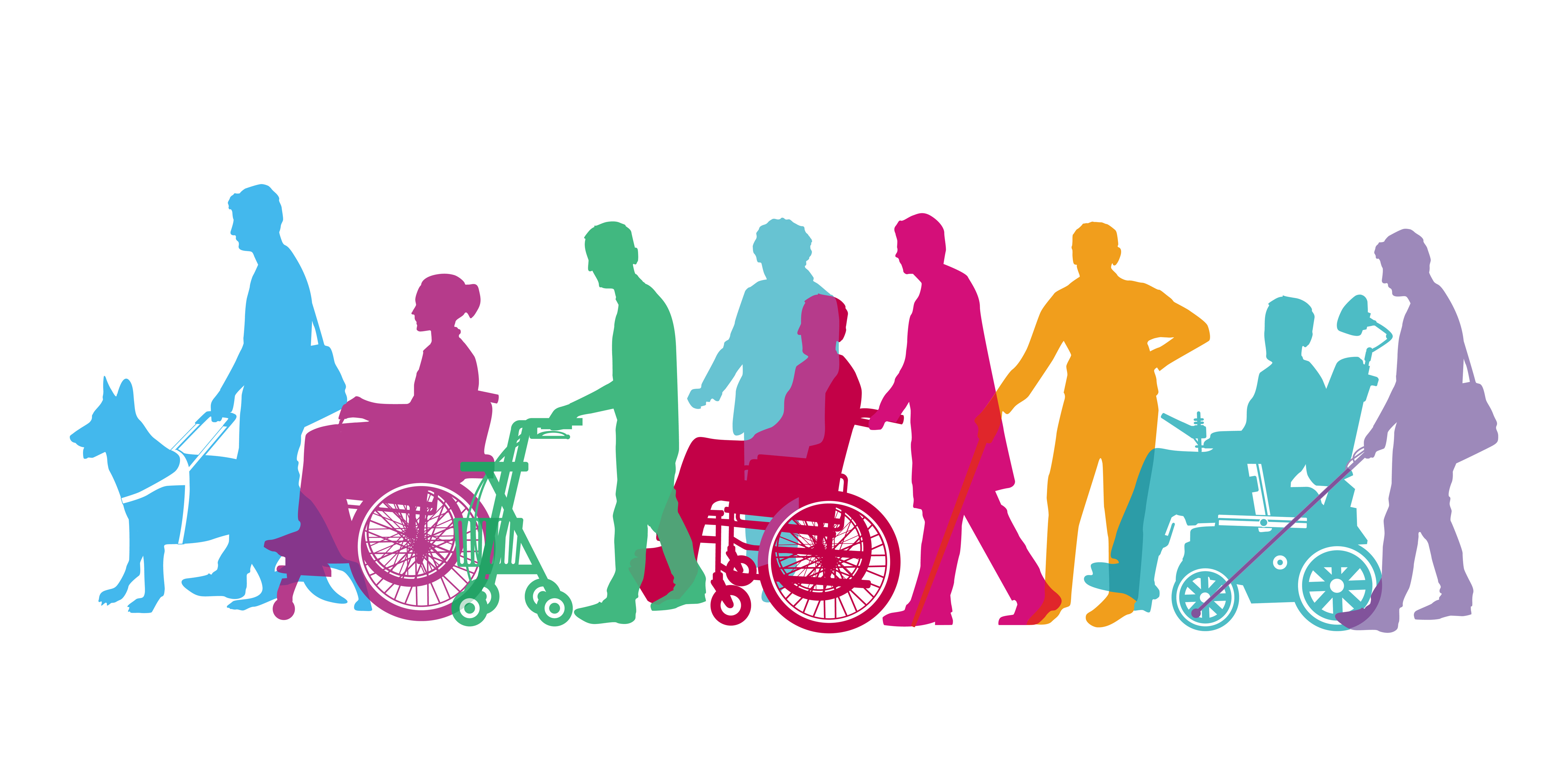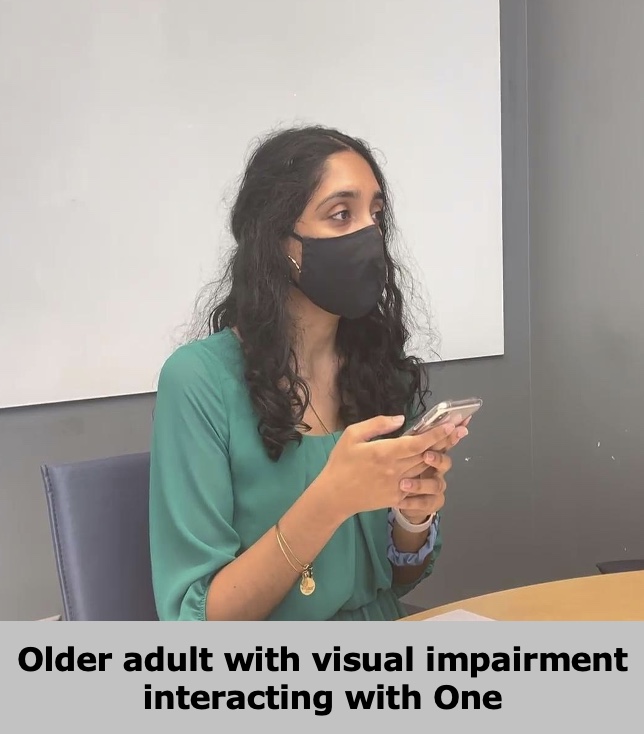

Virtual Assistant are the recent buzz; tech-wise, design-wise, and interaction-wise. We all are a part of constellation of technological artifacts that can just be interacted with without physical touch, gestures, or movement, i.e. we can talk to them.
"Virtual Assistant takes human language and converts it to computer language, and vice versa, allowing humans and computers to understand each other” (Helpshift,n.d.). Aligning with the current HCI research space which advocates and studies designing for DEIJ (Diversity, Equity, Inclusion, and Justice) perspectives.
In this design project, we engage in the broad question: How can we make conversational UIs by, for, and about DEIJ? At the end, we design the principles of conversational UIs. These principles will be applied in DEIJ context and concept systems. In addition, we design the CUI virtual assistant ONE to test our design principles.

Sep 2021-Dec 2021
4 students
UX designer
UX researcher
Virtual assistants try to mimic human conversation.
Virtual assistants use Natural Languages Processing (NLP).
Most virtual assistants default to feminine and English.
Can we design a Virtual Assistant that is accessible to everyone?
Most solutions/studies cater to WEIRD (Western, educated, industrialized, rich and democratic) population which excludes minority & marginalized groups.
People change their social behavior in order to fit into CUIs.
We design the principles of CUIs to help people consider DEIJ (diversity, equity, inclusion and justice) during their design processes and virtual assistant ONE to test our outcome.




One makes everyone's needs easily be understood
One focus on finding a easy way for minority group to surf in the digital world with virtual assistant. Make their needs more easily to be understand.


UX Researcher
· Designed and conducted 5 interviews with voice assistant users.
· Created survey and analyze the data to synthesize findings of responds.
· Observe and evaluated user experience of virtual assistants.
UX Designer:
· Created storyboard, low-fidelity wireframes to communicate about design ideas.
· Iterated wireframes addressing problems that occurred in the interviews and surveys.
· Using Wizard of OZ testing to create the interactive prototype for users.
A range from 14 to 47 years old, with the majority being 22 years old.
100% of survey participants speak English. 86.6% are bilingual
The majority of participants used CUIs every day.
Most care about JEDI but don’t understand how they apply to CUIs.




Emerging questions:

Opinion about DEJI:







Where are users' pain points and requirements, there are design opportunities. Broke down the whole task and combined the insights from researches. Our concepts is to design principles of conversational UI. Designed principles for designers to use to be aware of inclusion with diversity when designing virtual assistants.
.png)


Use gender-neutral voice
Consider different age groups,
especially children and the old


Design for various disabilities
to improve their quality of life
Understand people with different cultures
· Defined diversity, inclusion, and virtual assistants and created a mind map to form solid design principles.
· Mind mapping includes two part, ideation and evaluation.
· Planned our prototype that will be made using the principles we created here.

Definition:
· Diversity is the presence of differences that include gender, language, accent, disability and age.
· Inclusion is an outcome to ensure those that are diverse actually feel and/or are welcomed and are provided equal access to opportunities and resources, especially for those who might otherwise be excluded or marginalized.
· Virtual Assistants are software-based agents, integrated into devices that can interpret human speech and respond via synthesized voices to help complete tasks.





Disabilities
Virtual assistants should accommodate features in support of thedisabled population and include additional featuresthat are not a core part of virtual assistant interfaces.
Age
Virtual assistants should be able to recognize and adapt its speech pattern based on the age of users.
Language
Virtual assistants should be ableto adapt to conversing with those who usemore than one language in a conversation.
Why should they use it?
· Give companies & virtual assistants an edge over competitors.
· Save time and cost in the long run: principles provide for a more efficient process.

➔Develop toolkits to support Virtual Assistants.
➔It could be better that we continuously improve interaction design and visual design.
➔Did not consider privacy concerns.
➔Example: Recognizing person’s age.
➔Did not work with design team.
➔For toolkit, did not fully develop Diversity & Inclusion Quotient Assessment.